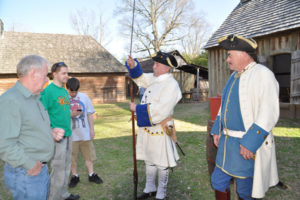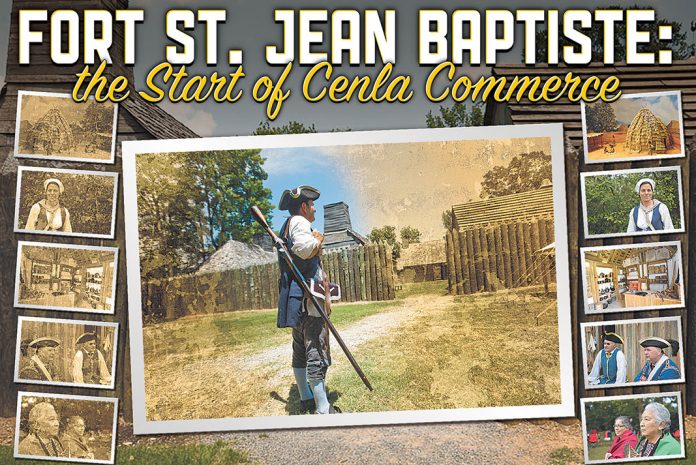Fort St. Jean Baptiste was established over 300 years ago by French explorers. This outpost on the colonial frontier not only served as a military installation to protect France’s position in the New World, but also functioned as the 18th century capital of trade and commerce in we know today as Cenla.
Early Exploration & Settlement
Prior to the arrival of European settlers, the Cane River region was populated by the Adaes and the Natchitoches, both American Indian tribes of the Caddo Nation. The first significant contact between the American Indians of the area and European explorers came in 1700, when French explorer Louis Juchereau de St. Denis paddled up Red River as part of an expedition led by Pierre Le Moyne, Sieur d’Iberville and Jean Baptiste Le Moyne, Sieur de Bienville. The French expedition met with the Natchitoches tribe in peace. Many of the Natchitoches later moved to St. Denis’ fort along Lake Ponchartrain and established strong trade alliances with the French.
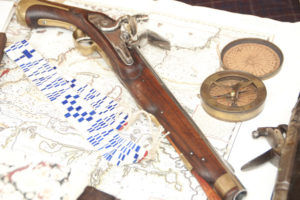
St. Denis encouraged the Natchitoches to resettle on the Red River. Within their village, St. Denis constructed a storage house and a barrack. This event marks the founding of the City of Natchitoches. St. Denis continued into Texas and presented himself at San Juan Bautista, near present day Eagle Pass, Texas, along the Rio Grande. The fort’s captain promptly arrested St. Denis as a spy and later sent him to Mexico City for interrogation. While in custody, St. Denis not only managed to negotiate his release, but also succeeded in winning the hand of the captain’s step-granddaughter in marriage. The Spanish offered St. Denis a paid position on an expedition to reestablish missions in East Texas, and he accepted. Most notable of the outposts established on the expedition was the presidio and mission of Los Adaes. Located near the French border just west of Natchitoches, Los Adaes later served as the first capital of Texas.
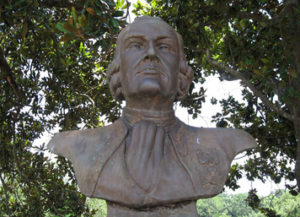
As Natchitoches grew, its strategic location made it an ideal place to farm and trade. Access to the Red River allowed farmers in the area to ship products to New Orleans and other downriver settlements. Trade with American Indian tribes and illegal smuggling into Texas also provided a market close to home. St. Denis’ diplomatic skills turned these trading relationships into a strong, unofficial, international alliance.
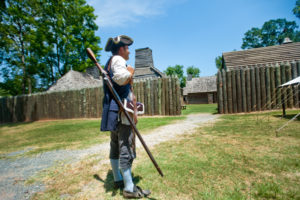
The Spanish Period
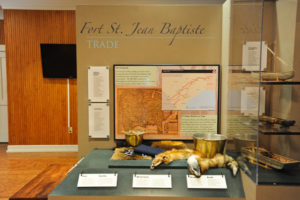
One disruption that was unavoidable however, was the disappearance of the Spanish border. Under Spanish authority, the fort served as a trade center and a link in Spain’s colonial communications network. But since its original purpose of protecting a territorial boundary no longer applied, the Spanish eventually abandoned the fort. The fort was in such ruins by the time the United States acquired the area in the Louisiana Purchase of 1803 that the Americans could no longer use it, so they built Fort Claiborne nearby.

Commerce, in the form of heritage tourism, has become the mission of Ft. St. Jean Baptiste SHS and Cane River National Heritage Area. The fort welcomes guests from all over the world giving visitors an opportunity to discover more about the people and cultures that initially shaped Central Louisiana. In October, the Louisiana Office of State Parks, Fort St. Jean Baptiste State Historic Site and Cane River National Heritage Area, Inc. hosted a Tri-Centennial Celebration of the founding of Fort St. Jean Baptiste. The day-long open house began with a Celebration of Mass in the Fort Chapel, followed by the Tri-Centennial Ceremony, featuring Natchitoches Mayor Lee Posey and keynote address by Grégor Trumel, Consul General of France. The celebration also included demonstrations by living historians, children’s activities and research presentations covering a range of topics.
